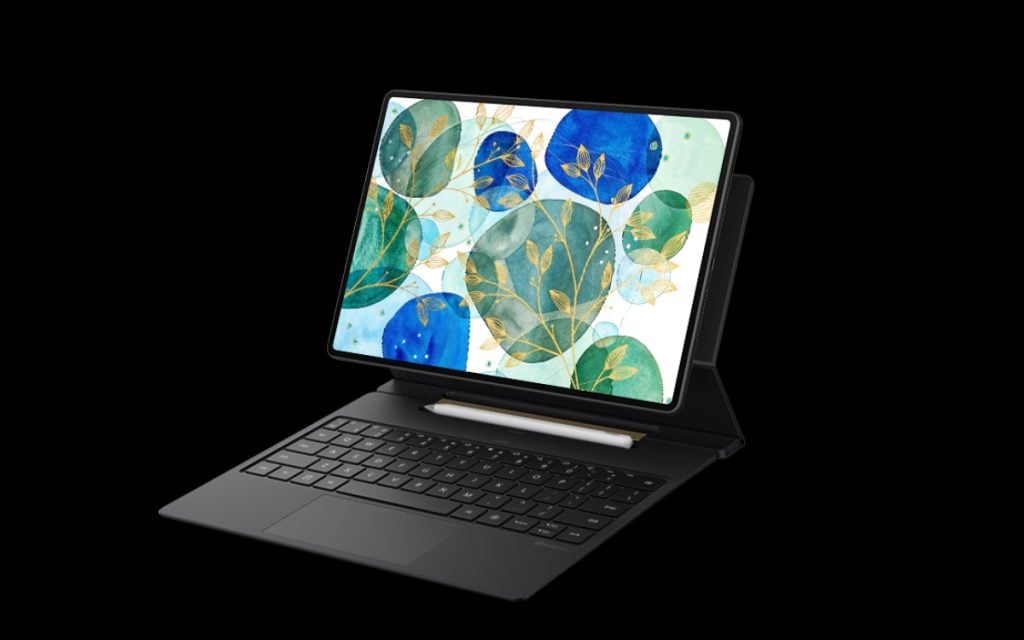Huawei Mate 70 Might Offer Dual OS Options with Android Support
We have all been keeping an eye on the development of Huawei’s HarmonyOS NEXT. This new operating system moves away from Google’s Android framework and its extensive app library. While this might work well for China, which has a strong native app ecosystem, the global market still heavily depends on the familiar Android applications. Potential for […]
Huawei Mate 70 Might Offer Dual OS Options with Android Support Read More »










